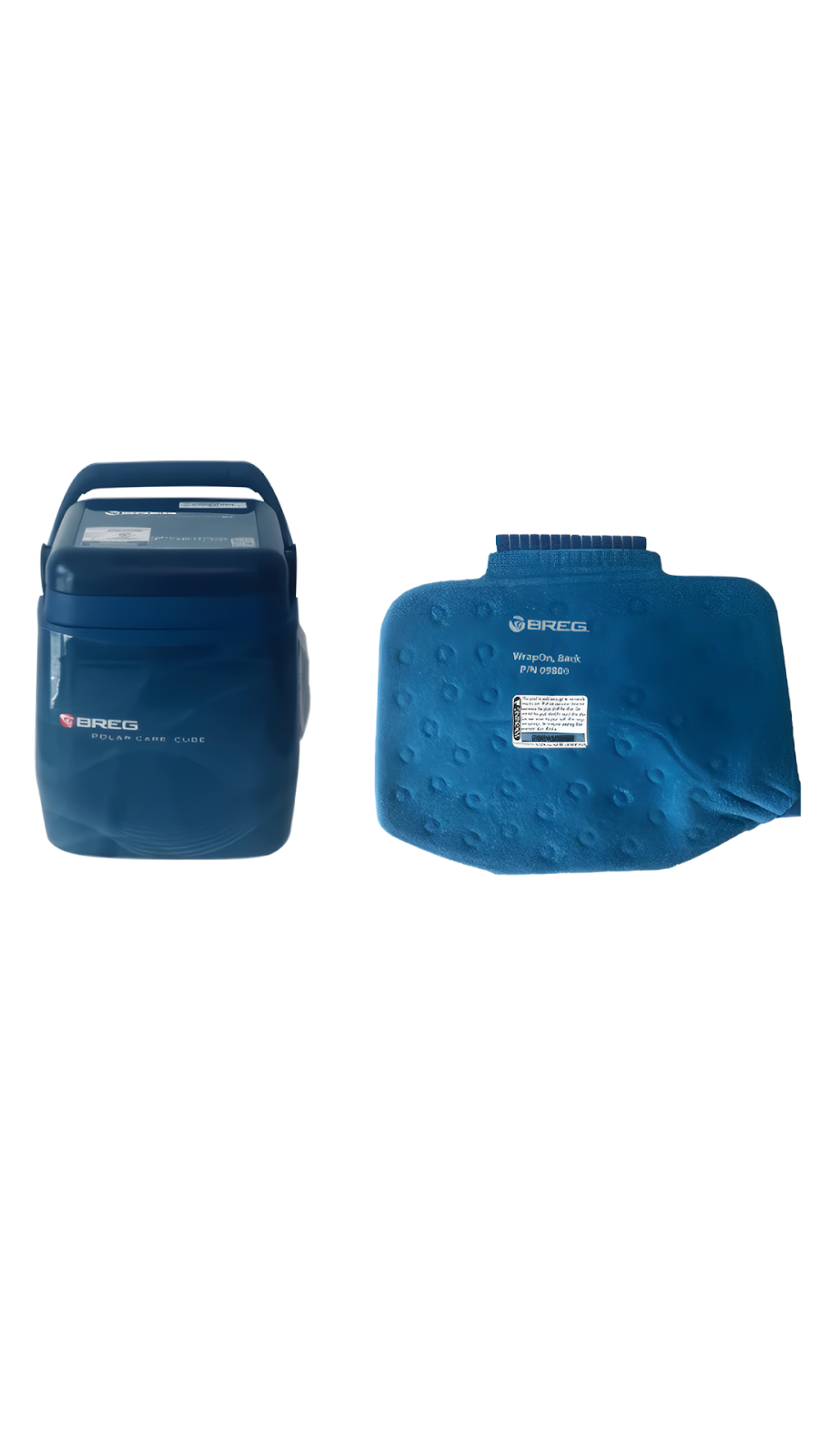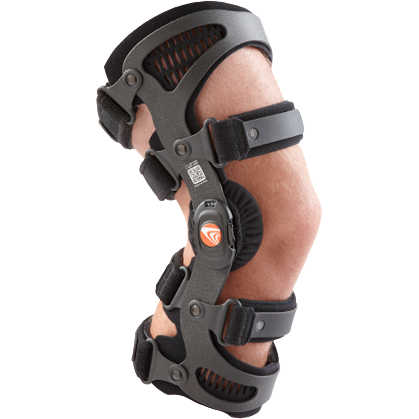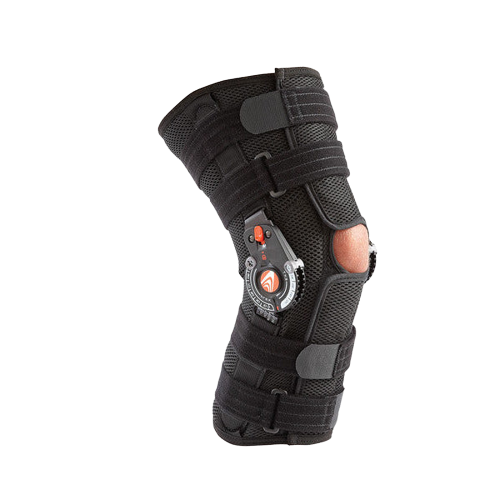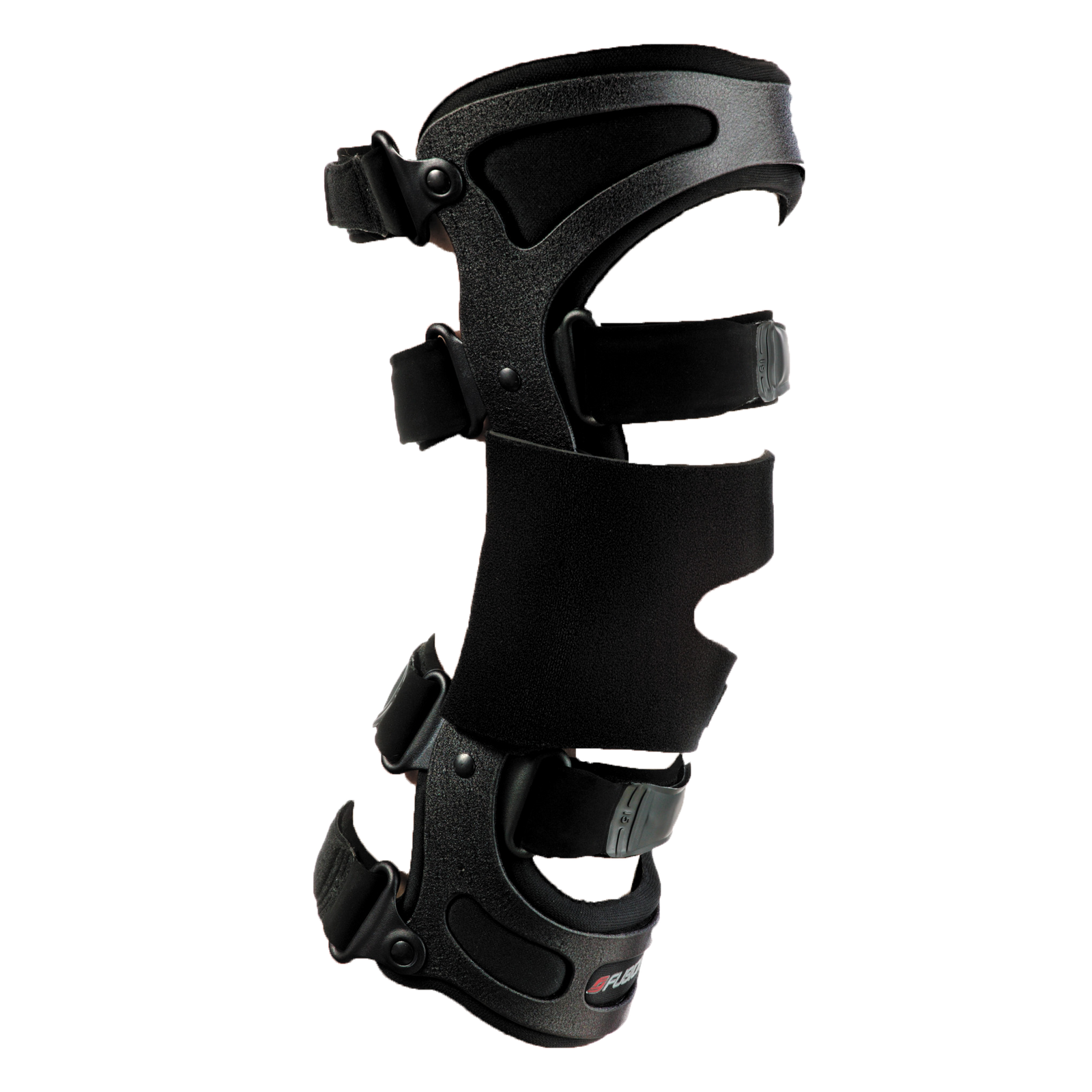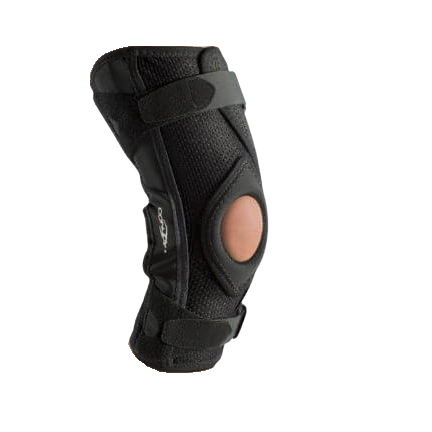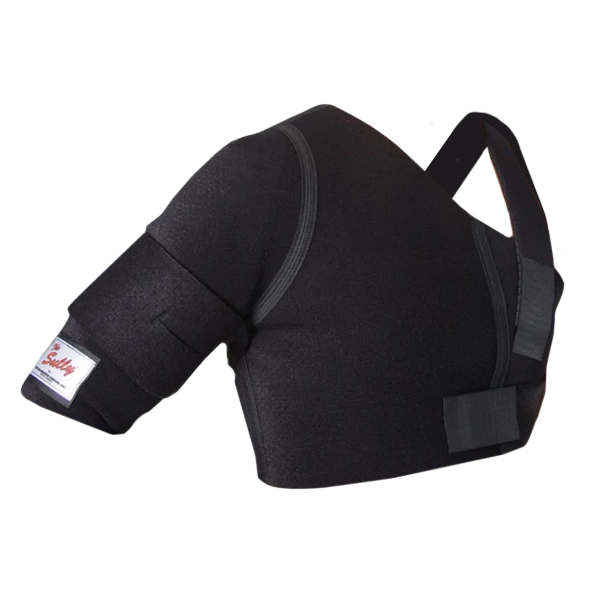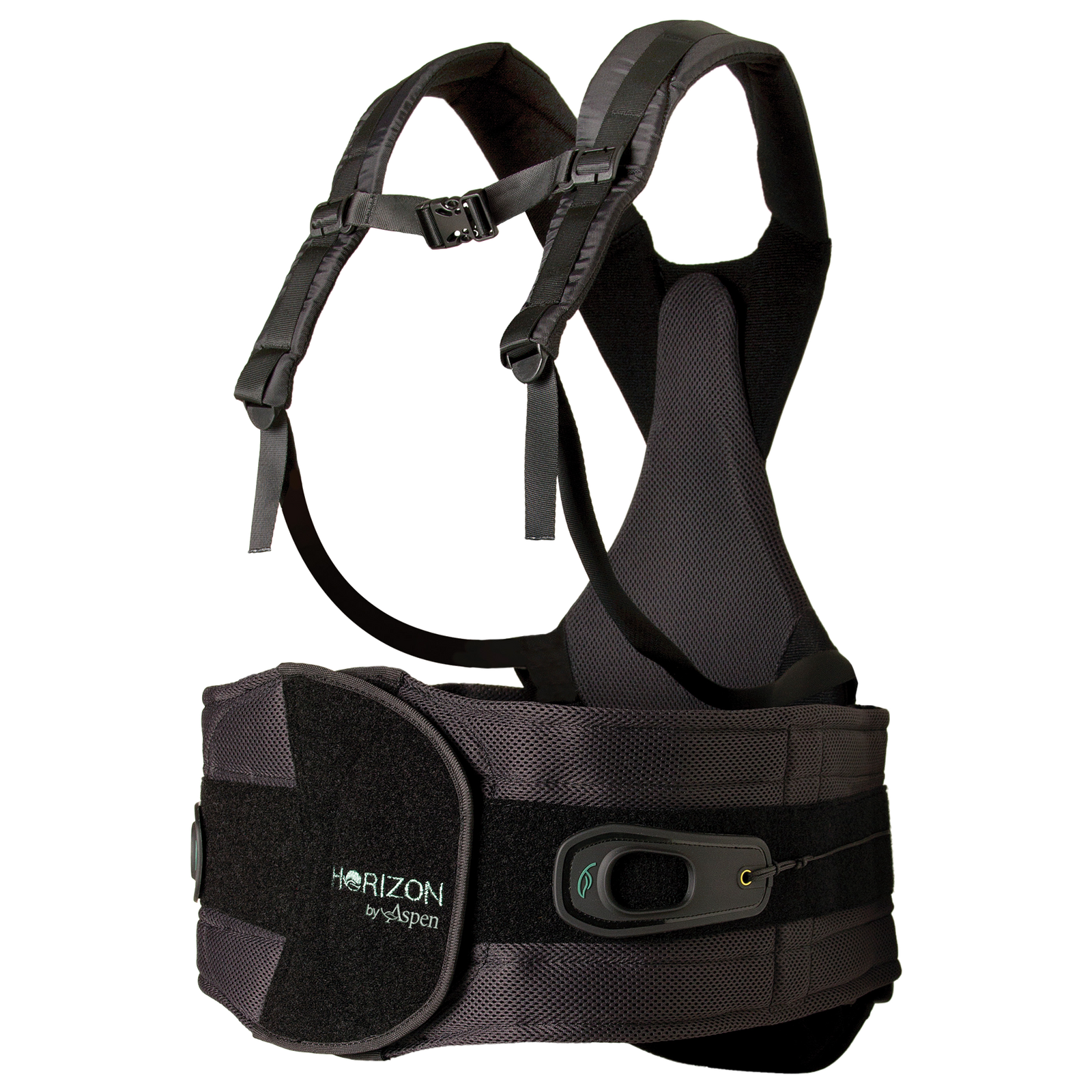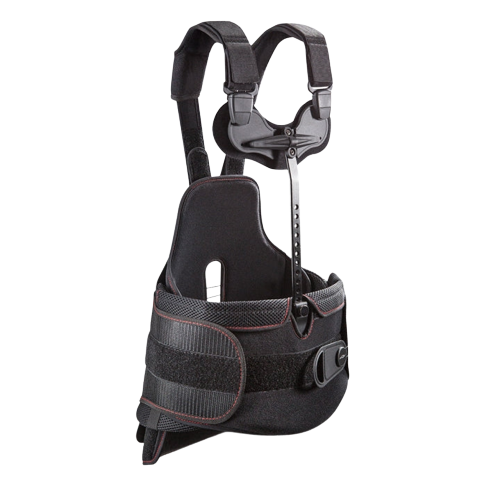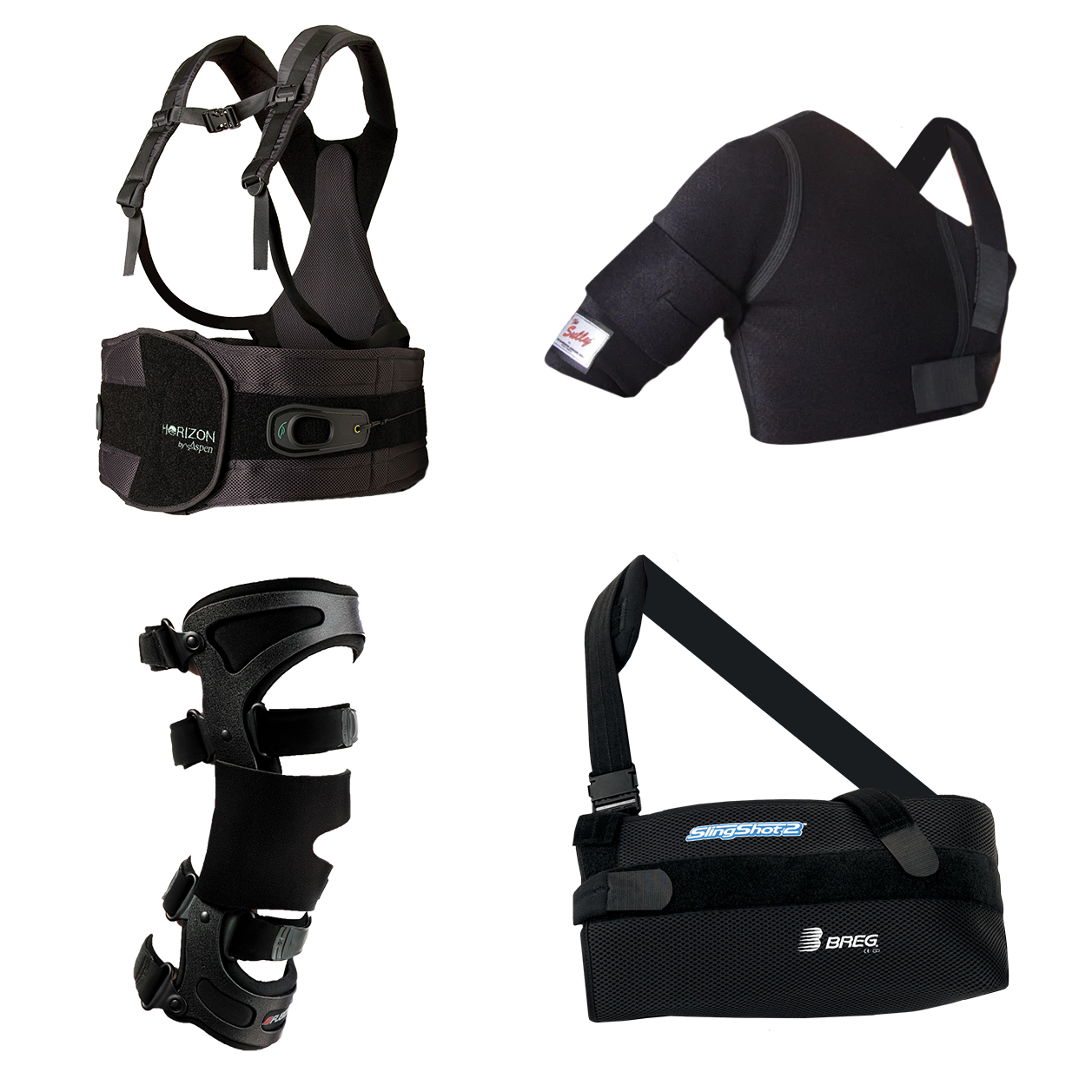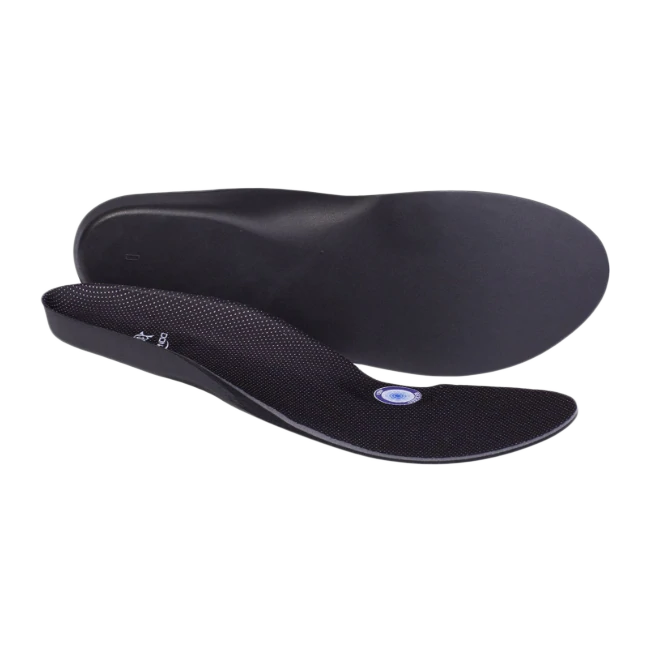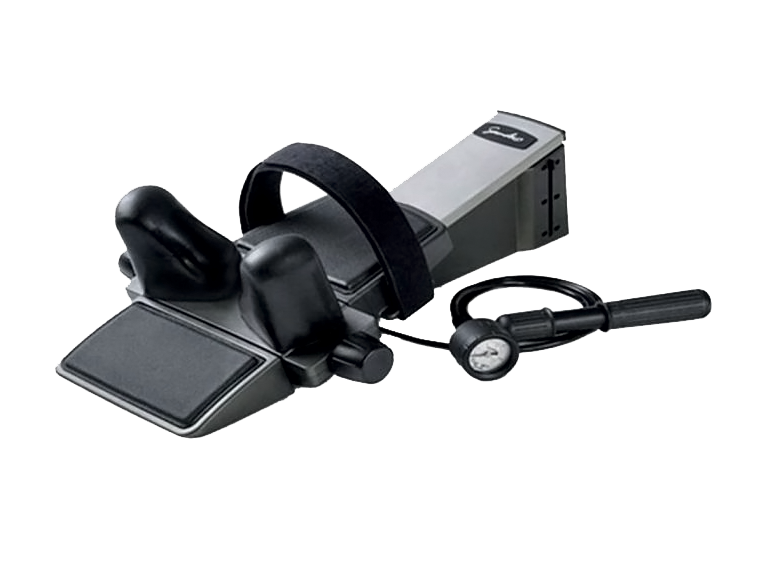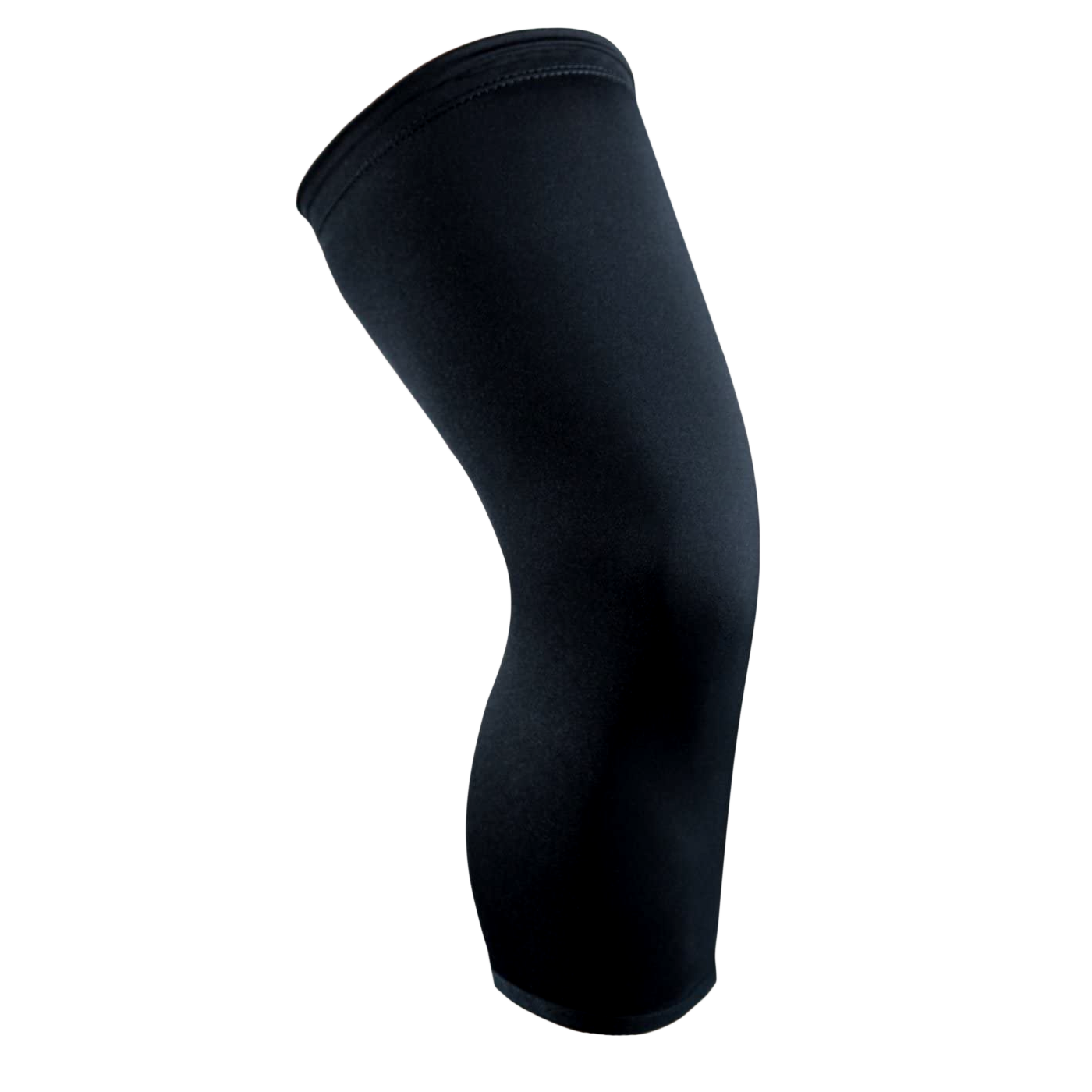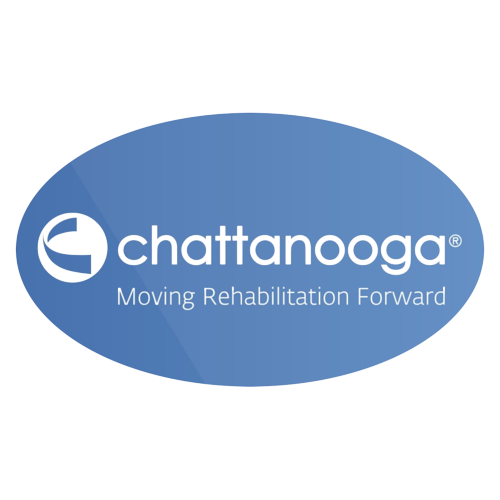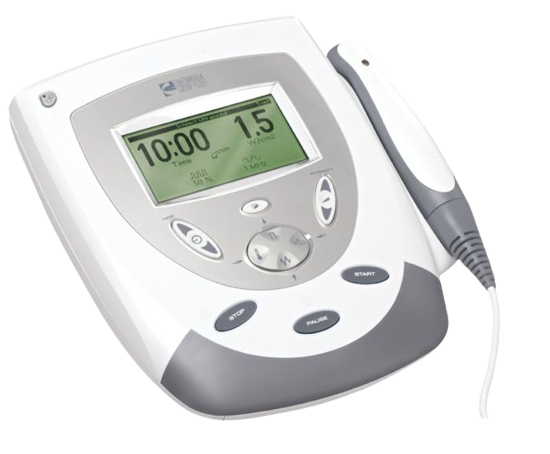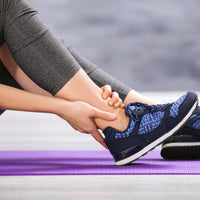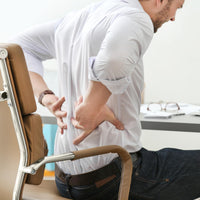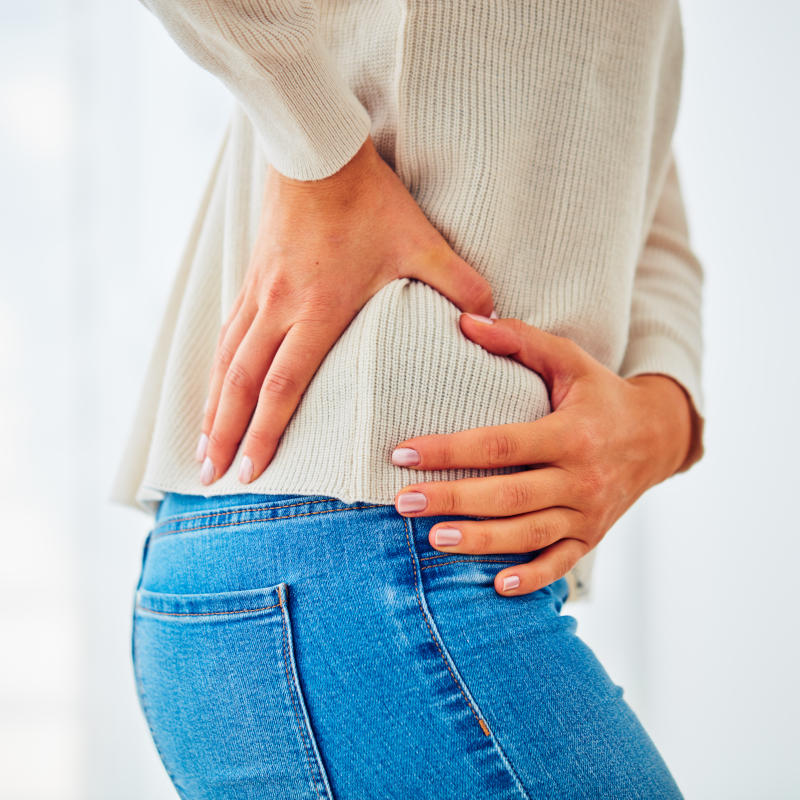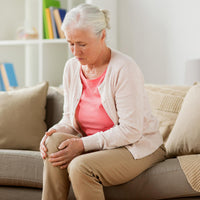
Key Takeaways:
- Common Causes of Knee Pain: Baker's cyst, hamstring tendinopathy, and ligament injuries are frequent causes of pain behind the knee. Understanding these can guide you toward the appropriate treatment options.
- Treatment Options for Knee Pain: Conservative treatments like rest, ice, and physical therapy are effective for mild cases, while advanced options such as corticosteroid injections or surgery may be necessary for severe conditions.
- Preventing Knee Pain: Maintaining a healthy weight, strengthening knee-supporting muscles, and using proper footwear can reduce the risk of knee pain and promote long-term joint health.
There’s nothing more frustrating than that nagging pain behind your knee. Maybe it started as a slight discomfort, but now it’s affecting your daily routine, from walking to climbing the stairs. You know something’s wrong, but figuring out what’s causing the pain is a different battle. Is it an injury? A muscle issue? Or something more serious?
We get it—the uncertainty of knee pain can leave you feeling stuck, wondering if you’ll ever find relief. In this article, we’ll break down the possible causes of pain behind the knee, highlight the key symptoms to watch for, and offer treatment options to help you heal and get back to doing what you love. You don’t have to face this struggle alone—there’s a way forward, and we’re here to guide you through it.
Understanding Pain Behind The Knee: Common Causes And Concerns
Experiencing pain behind the knee can be both concerning and limiting, affecting one's ability to move freely and perform daily activities. Several factors contribute to this discomfort, ranging from temporary conditions that resolve with rest to more serious issues requiring medical intervention. Recognizing the common causes and concerns associated with knee pain is crucial for timely and effective treatment.
Baker's Cyst
One of the most common causes of pain behind the knee is a Baker's cyst, also known as a popliteal cyst. This cyst is a fluid-filled sac that forms behind the knee, leading to discomfort and swelling. It often results from problems within the knee joint, such as arthritis or a tear in the meniscal cartilage. While Baker's cysts can sometimes resolve independently, severe cases may require drainage or surgery.
Hamstring Tendinopathy
The hamstrings are three muscles at the back of the thigh that play a significant role in knee movement. Overuse or strain can lead to hamstring tendinopathy, characterized by pain and tenderness at the point where the hamstrings attach to the knee. This condition is common among athletes and those engaged in high-intensity activities. Treatment typically involves rest, physical therapy, and exercises to strengthen the hamstring muscles.
Deep Vein Thrombosis (DVT)
Deep vein thrombosis (DVT) is a serious condition in which a blood clot forms in a vein deep inside the body, commonly in the leg. If you experience pain behind the knee accompanied by swelling, warmth, and redness, it is essential to seek medical attention immediately. DVT can lead to life-threatening complications if not treated promptly. Treatment usually involves anticoagulant medications to prevent the clot from growing and to reduce the risk of further clots.
Ligament Injuries
The knee is stabilized by several ligaments, including the anterior cruciate ligament (ACL) and the posterior cruciate ligament (PCL). Injuries to these ligaments, often caused by sudden stops or changes in direction during physical activity, can lead to pain behind the knee. Ligament injuries vary in severity from mild, requiring rest and physical therapy, to severe, needing surgical intervention for optimal recovery.
Symptoms To Watch For When Experiencing Pain Behind The Knee
Experiencing pain behind the knee can be a distressing symptom, often signaling that attention and care are necessary. For individuals recovering from orthopedic surgery, understanding the potential symptoms associated with pain behind the knee is crucial for a successful recovery. Here, we outline key signs to be mindful of:
- Swelling and Stiffness: Swelling in the knee area can be a significant indicator of underlying issues. This may be accompanied by stiffness, making it difficult to straighten or bend the knee fully.
- Instability or Weakness: A sensation of the knee giving way or feeling unable to support your weight can signify problems within the knee structure, possibly related to ligaments or the meniscus.
- Popping or Crunching Noises: Hearing these sounds when moving the knee could indicate damage to the cartilage or knee osteoarthritis.
- Inability to Fully Extend the Knee: Difficulty straightening the knee completely is another symptom to watch for, as it may point to a severe condition needing immediate care.
- Redness and Warmth to the Touch: These symptoms may suggest an inflammatory process or an infection, especially if they are accompanied by fever or a general feeling of unwellness.
- Localized Pain: Pain that intensifies when performing specific activities or movements, such as walking up stairs or after sitting for prolonged periods, needs careful attention, as it may indicate the specific nature of the injury or condition.
When Should You See A Doctor For Pain Behind The Knee?
Experiencing pain behind the knee can be daunting, often causing concern and discomfort. While some knee pain can be managed with at-home care, it's crucial to know when medical intervention is necessary.
Seek medical attention if you experience any of the following symptoms in conjunction with pain behind the knee:
- Severe Pain and Swelling: If the pain or swelling behind the knee is severe or progressively worsens, it’s essential to consult a healthcare provider. This could indicate a serious condition, such as a blood clot or significant tissue damage.
- Inability to Bear Weight: Difficulty standing or walking or an inability to support your weight on the affected leg warrants a doctor's visit. This symptom could signal a severe injury requiring professional treatment.
- Locking or Instability: If your knee locks, makes popping noises, or gives out when you try to stand or walk, these could be signs of structural damage within the knee joint.
- Fever and Redness: These symptoms, especially when accompanied by knee pain, might suggest an infection within the knee joint or surrounding tissues.
- Chronic Pain: A healthcare professional should evaluate pain that persists over a few days despite rest and at-home care. Persistent or recurring pain can be a sign of an underlying condition that may worsen without proper treatment.
At-Home Remedies To Alleviate Pain Behind The Knee
For those recovering from orthopedic surgery, managing pain effectively at home is a crucial step toward rehabilitation. If you're experiencing pain in the knee, several at-home remedies can alleviate discomfort, reduce inflammation, and support the healing process.
Rest And Elevation
One of the most effective ways to reduce swelling and pain is to rest the affected leg and keep it elevated above heart level. Use cushions or pillows to prop up your leg comfortably when sitting or lying down. This can help decrease blood flow to the area, minimizing swelling and discomfort.
Cold Therapy
Applying a cold pack to the painful area behind the knee can help reduce swelling and numb the pain. It's advisable to wrap the cold pack in a cloth or use a commercial cold therapy product to avoid direct ice contact with the skin, which can cause frostbite. Apply the cold therapy for 15-20 minutes every few hours during the first couple of days post-injury or as needed.
Compression
Wearing a compression bandage or sleeve can support the knee, reduce swelling, and control pain. Products like the NuFabrx Pain Relief Knee Sleeve, which combines medicine-embedded compression with targeted support, are excellent options for managing pain and aiding recovery. High-quality compression products help stabilize the knee while ensuring comfort during daily activities.
Gentle Stretching And Strengthening Exercises
Once the initial pain starts to subside, gentle stretching and strengthening exercises can be introduced to help the knee recover flexibility and strength. However, consulting with a healthcare professional or physiotherapist is important to ensure that the exercises are safe and appropriate for your specific condition.
Over-The-Counter Pain Relief
Non-steroidal anti-inflammatory drugs (NSAIDs) can relieve pain and reduce inflammation. Always follow the recommended dosage and consider consulting with your healthcare provider before starting any new medication, especially if you are recovering from surgery.
Treatment Options For Pain Behind The Knee: What Are Your Choices?
Here, we detail several treatment strategies that have proven effective for pain relief and restoration of mobility.
Conservative Treatments
- Rest and Ice: Adopting a rest and ice regimen can significantly reduce inflammation and pain. Limiting activity allows the knee to recover from stress or injury while applying ice several times a day can help to reduce swelling and discomfort.
- Compression and Elevation: Compression bands or wraps can support and reduce swelling, especially in cases where fluid accumulation contributes to pain. Similarly, elevating the leg above heart level when resting can further reduce swelling.
- Physical Therapy: Engaging in physical therapy under the guidance of a qualified professional can be incredibly beneficial. Tailored exercises strengthen the knee and surrounding muscles, improving flexibility and reducing the risk of future injuries.
Medication
- Anti-inflammatory Drugs: Over-the-counter non-steroidal anti-inflammatory drugs (NSAIDs) can alleviate pain and reduce inflammation. However, they should be used judiciously and under the advisement of a healthcare provider.
Advanced Treatments
For those who do not respond adequately to conservative measures, more advanced treatments may be necessary:
- Corticosteroid Injections: Injecting corticosteroids directly into the knee joint can offer rapid relief from inflammation and pain, albeit typically as a short-term solution.
- Surgery: In cases where structural damage within the knee is the underlying cause of pain, surgical intervention might be required. Depending on the severity and nature of the underlying condition, procedures can range from minimally invasive arthroscopy to more significant surgeries such as a knee replacement.
Supportive Devices
Incorporating supportive devices into your recovery process can significantly enhance comfort and mobility. Our company offers an array of high-quality brands like AirCast, Breg, Chattanooga, DonJoy, and Exos, designed to support orthopedic surgery recovery and effectively provide pain relief. Products such as knee braces can offer additional support to the knee joint, while cold therapy systems and compression devices help manage swelling and pain efficiently.
Preventing Pain Behind The Knee: Tips For Long-Term Knee Health
Maintaining long-term knee health is crucial, especially for those recovering from orthopedic surgery or those who aim to avoid it. By incorporating the following preventive measures, you can significantly reduce your risk of developing knee pain, ensuring a smoother recovery and a more active lifestyle.
Maintain A Healthy Weight
Excess body weight strains your knees, increasing the risk of pain and injuries. Maintaining a healthy weight through a balanced diet and regular exercise can alleviate pressure on your knee joints, improving overall knee health.
Exercise Regularly
Regular, low-impact exercise helps strengthen the muscles around your knees, providing better support and stability. Activities such as swimming, cycling, and walking are excellent options. However, to prevent stress on your knees, avoiding overexertion and listening to your body's signals is essential.
Strengthen Your Muscles
Specific exercises to strengthen the quadriceps, hamstrings, and calf muscles can significantly contribute to knee health. Strong muscles help absorb shock and reduce the burden on your knee joints. Consider consulting with a physical therapist to develop a customized exercise plan that's safe and effective for you.
Practice Proper Form And Technique
Whether exercising, lifting heavy objects, or engaging in daily activities, using the correct form and technique is vital to prevent undue strain on your knees. For those recovering from orthopedic surgery, working with a physical therapist can be incredibly beneficial in learning the best practices for knee health.
Wear Supportive Footwear
The right footwear can make a considerable difference in knee comfort and support. Choose shoes that provide good arch support and a cushioned sole to reduce impact on your knees. Orthopedic shoes or custom-made orthotics may be recommended for those with specific knee conditions or recovering from surgery.
Regular Check-ups And Rehabilitation
Regular consultations with healthcare professionals are vital for monitoring knee health, especially after surgery. Adhering to a rehabilitation program and incorporating the recommended practices into your daily routine can expedite recovery and prevent future issues.
Final Thoughts
Pain behind the knee can be caused by various conditions, ranging from temporary issues like hamstring tendinopathy to more serious problems such as deep vein thrombosis (DVT). Understanding the symptoms, seeking timely medical attention when necessary, and adopting a proactive approach to recovery can help alleviate discomfort and prevent further complications. Whether you opt for conservative treatments like rest and physical therapy or more advanced interventions, taking care of your knee is essential to restoring mobility and ensuring long-term health.
As you navigate your recovery journey, know that you are not alone. Our commitment is to support you by providing access to the highest-quality brands and products designed specifically for orthopedic surgery recovery and pain relief. Let us help you find the relief you deserve.
Read also:
- How Tight Should a Knee Brace Be?
- Best Knee Rehab Exercises For Strength And Flexibility
- How To Use An Ice Machine For Knee: Step-By-Step Guide
Frequently Asked Questions About What Causes Pain Behind The Knee?
Can stretching exercises help with knee pain?
Yes, stretching exercises can be beneficial for alleviating pain in the knee. They can increase flexibility, improve range of motion, and reduce tension in the muscles surrounding the knee. It is important to perform these exercises correctly and gently to avoid further injury. Consulting with a healthcare professional for guidance on specific stretches can be very helpful.
Can physical therapy resolve pain in the knee?
Physical therapy is often a highly effective treatment for knee pain. A physical therapist can tailor a treatment plan that addresses the specific cause of your pain. This may include exercises to strengthen the muscles around the knee, improve flexibility, and enhance joint stability. Physical therapy can also employ ultrasound, manual, and electrical stimulation to reduce pain and inflammation.
Will I need surgery for pain in the knee?
Surgery for knee pain is generally considered only when conservative treatments fail to provide relief, and the underlying cause of the pain requires it. Conditions like severe meniscal tears, Baker's cysts that don't respond to nonsurgical treatment, or significant damage to the knee structures might necessitate surgical intervention. A consultation with an orthopedic surgeon can determine the best course of action based on your case.
How long does it typically take for knee pain to heal?
The healing time for knee pain can vary widely depending on the underlying cause and the severity of the condition. Proper rest and treatment might improve Mild to moderate injuries within a few weeks. More severe injuries or conditions requiring surgery could take months to heal fully. To ensure a successful outcome, following your healthcare professional's advice and not rushing your recovery is essential.
What footwear is recommended for managing knee pain?
Proper footwear can significantly impact knee pain management. Shoes that provide good arch support, cushioning, and stability can help reduce stress on the knee joint. Avoid wearing high heels or shoes with inadequate support, as they can increase the strain on your knee. In some cases, orthotic inserts may be recommended to provide additional support tailored to your foot structure and walking pattern.
Can overuse of the knee cause pain?
Yes, overuse of the knee can lead to pain in the back of it. Activities that involve repetitive knee bending, high-impact movements, or prolonged periods of stress on the knee can strain the muscles, tendons, and joints, leading to discomfort or pain behind the knee. It's crucial to recognize the signs of overuse and allow adequate rest and recovery to prevent chronic pain issues.

